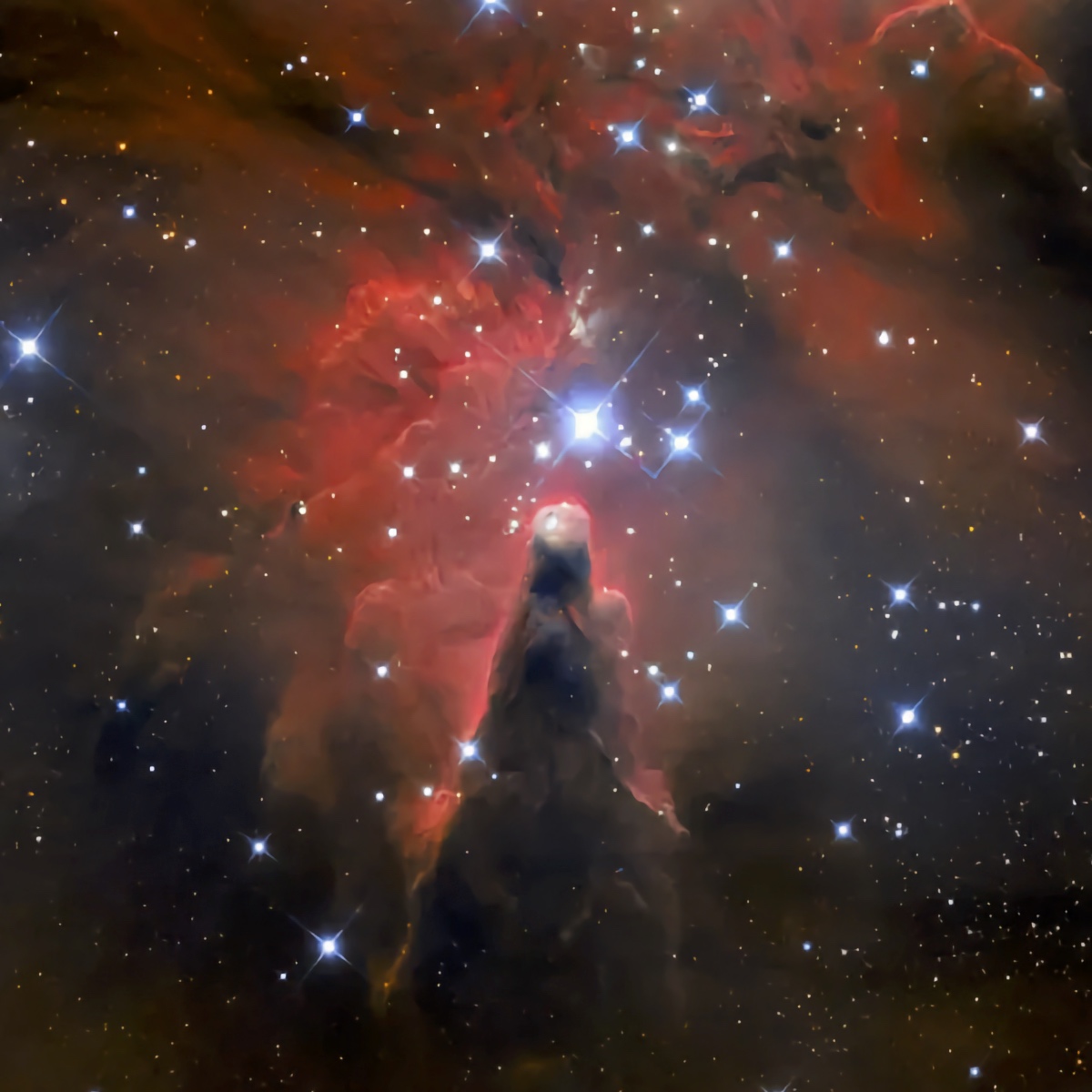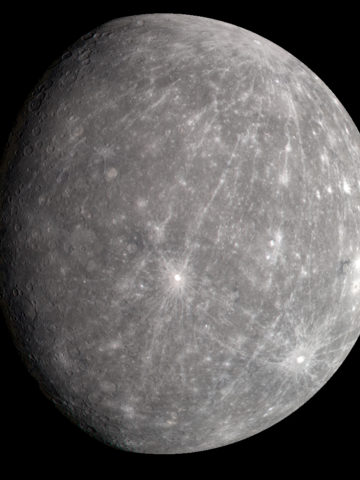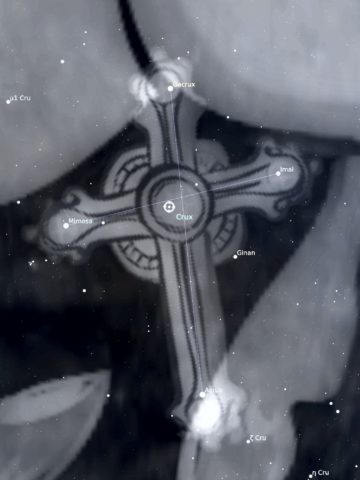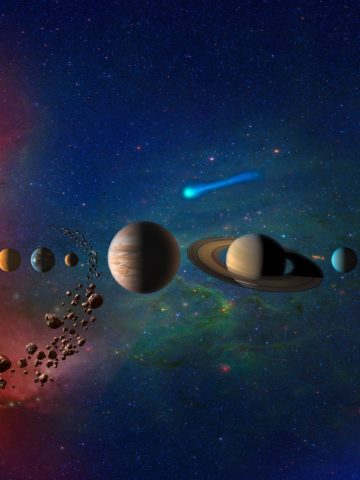The Cone Nebula, also known as NGC 2264, is a beautiful and unique astronomical object located in the constellation Monoceros. This nebula is a bright emission nebula known for its distinctive shape, resembling a cone or an hourglass. The nebula is created by the intense radiation from a massive young star called S Monocerotis, located at the base of the cone. In this article, you will discover its location and size, some fascinating facts, and astrophotography tips. Let's get started!

Location and Size
The Cone Nebula is located in the Milky Way galaxy, specifically in the Monoceros constellation, which can be found in the northern hemisphere's winter sky. It is located about 2,700 light-years from Earth, making it one of the closest emission nebulas to our planet.

In terms of size, our nebula is quite large, measuring about seven light-years in length. It is also quite bright, with an apparent magnitude of +6.0, which makes it visible to the naked eye under dark skies.
Fascinating Facts
The Cone Nebula is not just a pretty object to look at. It also has many interesting facts, making it an excellent object to study.
Protostars Inside
The first fact is that it has young stars still forming inside it. These stars are protostars, forming from the gas and dust clouds inside the nebula. The intense radiation from the massive young star, S Monocerotis, heats up the gas and dust, causing it to collapse and form new stars.
Colors from Radiation
Another interesting fact is that the intense radiation from S Monocerotis causes the gas and dust inside the nebula to glow and create the beautiful colors and shapes we see. This is called emission nebulosity, and it happens when the gas atoms inside the nebula are excited by the radiation, causing them to emit light.
Neighborhood
The Cone Nebula is also part of a larger complex called the Christmas Tree Cluster, a young open cluster of stars that includes our nebula, the Fox Fur Nebula, and the Snowflake Cluster.
Images and (Astro)Photography
Capturing stunning images of nebulae is a popular hobby for amateur and professional astronomers. Through long-exposure photography, the nebula's bright colors and intricate details can be captured using a telescope and a camera. This method involves taking multiple images over a period of time, which can reveal the subtle details and colors of the nebula that are not visible in a single image (or through the eyes only).
Narrowband Filters
Another popular method for capturing images of the Cone Nebula is using narrowband filters. These filters isolate specific wavelengths of light, such as hydrogen-alpha or oxygen-III, which can highlight specific nebula features. For example, a hydrogen-alpha filter will highlight the red hydrogen gas within the nebula, while an oxygen-III filter will highlight the blue and green oxygen gas. Using these filters can bring out the intricate details and colors of the nebula and can make the image look more vivid and striking.
DSLR or Mirrorless
Photography of the Cone Nebula can also be done with a simple DSLR camera and a tripod, with a lens of around 300mm, and shooting in RAW format with a relatively long exposure (around 30 seconds) for the nebula to appear bright enough.
The Cone Nebula is a popular target for amateur and professional photographers, and many stunning images of this celestial wonder are available online. Whether you're an experienced photographer or just starting out, capturing images of the Cone Nebula is a great way to experience the beauty of the night sky and create something truly unique and beautiful.
Timing, Location, Equipment
When it comes to photography of the Cone Nebula, it's important to note that it's located in the southern hemisphere and is best seen during the months of May to September. However, even if you're in the northern hemisphere, you can still capture images of the Cone Nebula by using a telescope with a motorized, equatorial mount that can track the movement of the stars.
Another thing to consider when capturing images of the Cone Nebula is the type of telescope or lens you're using. A telescope with a larger aperture can gather more light and reveal more nebula details. Additionally, a high focal length telescope will allow you to capture a more significant portion of the nebula.
Capturing images of the Cone Nebula can be a challenging but rewarding experience. Using the right equipment, techniques, and planning, you can create stunning images of this celestial wonder and share them with the world. Whether you're an amateur or a professional photographer, the Cone Nebula is a great subject to explore and photograph, and it will always offer something new and exciting to discover.
Conclusion
In conclusion, the Cone Nebula is a beautiful and fascinating object in the night sky. With its unique cone shape, intense radiation, and active star formation, it is an excellent subject for amateur and professional astronomers to study and observe. Capturing images of our target is a popular hobby for photographers. It can be done using various methods, such as long-exposure photography or narrowband filters. The Cone Nebula is a beautiful and intriguing object in the night sky, and there is always something new to discover. Whether you're an amateur, professional astronomer, or photography enthusiast, our nebula is a great subject to explore and capture.






Comments
No Comments